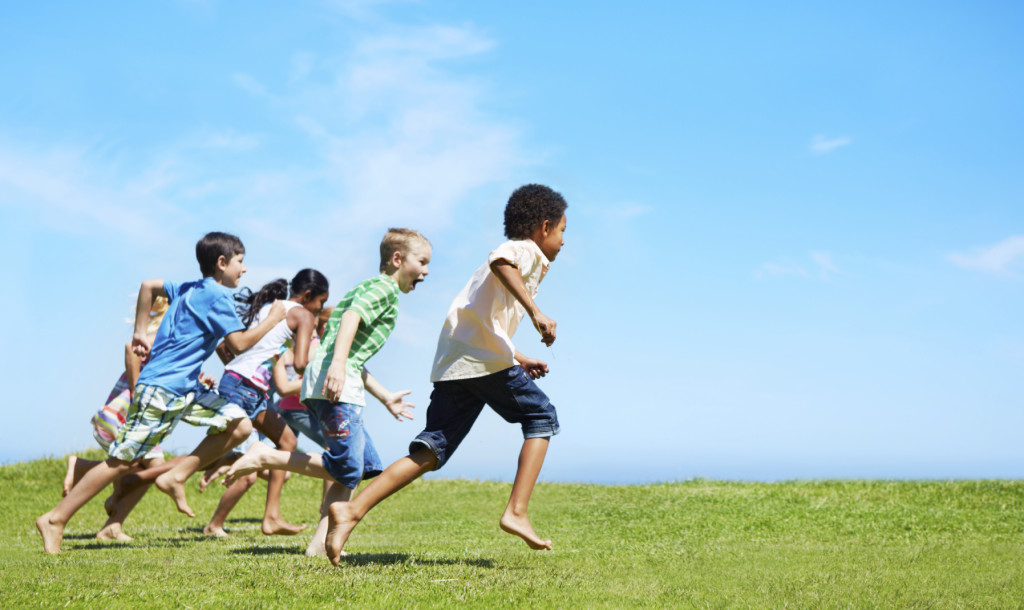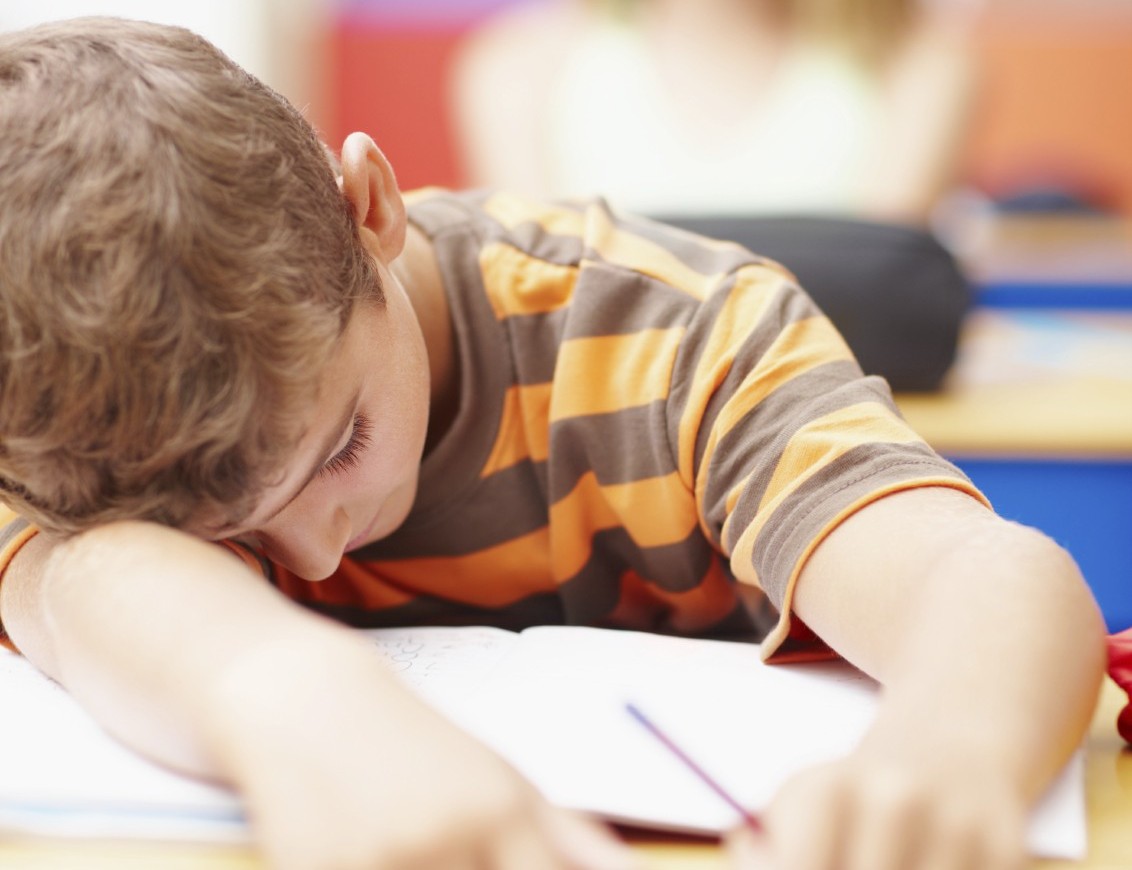Symptoms of Retained Primitive Reflexes
The impact of retained primitive reflexes can vary depending on the individual.
Some individuals may only have a few symptoms for a reflex. However, it is not uncommon for people with retained primitive reflexes to have difficulties in many areas.
For children, the less control they have over their environment due to retained reflexes, the more likely they will tend towards emotional instability and outbursts because of their inability to channel their actions in socially acceptable ways. This can lead to impulsivity, hyperactivity, aggression, developmental delays, anxiety, fear, poor academic performance, and poor intellectual development.


Many challenges will appear in the classroom when the child starts school.
Even though each child matures at his/her own pace, prolonged or very evident challenges appear when the skill level is mismatched with the task demand in children with retained reflexes.
Adults and teens can also experience symptoms from retained primitive reflexes. They may learn to compensate despite the roadblocks retained primitive reflexes create.
However, compensations require more effort and energy which result in frustration, exhaustion and low self-esteem. Life-long choices such as career goals, education, and relationships may be affected due to these compensations.
Once the reflexes have been integrated through the activities in this program, the child or adult can move into an easier, more productive life without the barriers caused by retained reflexes.
With retained reflex remediation, we attempt to override the present system and bring it up to speed by revisiting the missing developmental pieces with motor/muscle activities that build new neurological pathways for efficient skills. Appropriate age level skills decrease the amount of energy needed for compensation and therefore decreases fatigue and frustration of working so hard to succeed.

Learn more about the symptoms of each individual reflex by clicking the name below:
Moro Reflex
Affects vestibular, ocular motor, and visual perceptual problems
Tonic Labyrinthe Reflex (TLR)
Affects ocular motor, muscle tone, balance, and auditory discrimination
Spinal Galant Reflex
Affects ability to sit still; concentration problems, short term memory and bedwetting
Asymmetrical Tonic Neck Reflex (ATNR)
Affects midline issues, balance, eye tracking, handwriting and laterality
Symmetrical Tonic Neck Reflex (STNR)
Affects fixation, focusing from near to far, crossing midline
Vision is more than 20/20
New learning skills are required as children enter a school setting. Reading and learning requires strong functional visual skills. More than 80% of classroom learning comes through visual pathways; having 20/20 eyesight (visual acuity) is only one part of our visual system.
